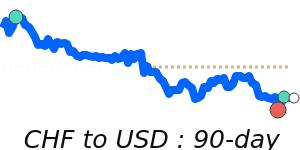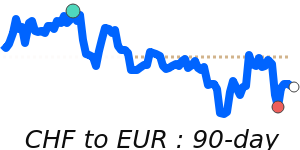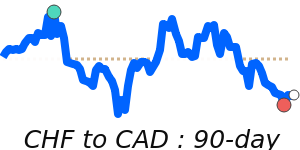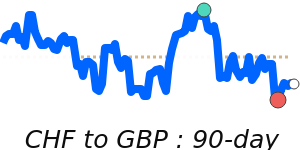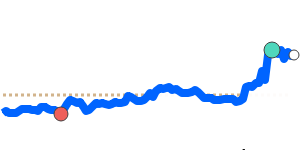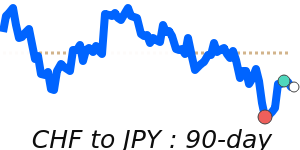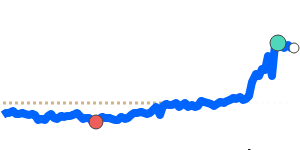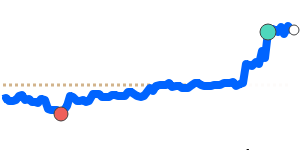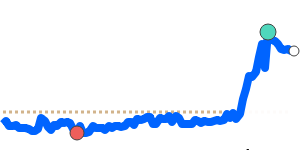The Swiss Franc (CHF) has shown notable reactions to recent geopolitical events and domestic monetary policies. Following the implementation of substantial tariffs by the U.S. on Swiss exports, which surged to 39% in July, the CHF its affected by both appreciating and deflationary pressures. Analysts note that the Swiss National Bank (SNB) intervened significantly in the foreign currency market, purchasing over 5 billion CHF in Q2 2025. This was its most aggressive intervention in three years, aimed at counteracting the franc's strength resulting from U.S. tariff announcements.
As of mid-October, the CHF/USD exchange rate trades at 1.2420, about 0.7% below its three-month average of 1.2502. The pair has remained within a range of 1.2310 to 1.2723, reflecting a degree of stability despite recent pressures. Similarly, the CHF/EUR pair stands at 1.0708, near its three-month average and within a range of 1.0592 to 1.0838, indicating limited volatility against the Euro.
The SNB has indicated it will maintain the policy interest rate at 0.00% through 2026, as inflation remains steady and the franc stabilizes. Deflationary pressures have lingered, with a slight decline in the Consumer Price Index reported in May. Such conditions have prompted the central bank to emphasize its long-term outlook rather than react hastily to short-term fluctuations.
Additionally, the strong currency and economic challenges have compelled some Swiss firms to consider relocating operations to the U.S. for cost mitigation. The SNB, while alleviating concerns about currency manipulation, reaffirms its commitment to ensure optimal monetary conditions.
In the GBP market, the CHF trades at 0.9441, reflecting a robust position, standing 1.4% above its three-month average. The CHF/JPY exchange rate, at 191.3, is notably strong as well, 2.7% above its three-month average—both indicating increased interest in the Swiss asset platform amidst global economic uncertainties.
Overall, while the Swiss Franc remains a traditionally strong currency, the interplay of external trade pressures and domestic monetary policy is expected to continue shaping its movements in upcoming months.
